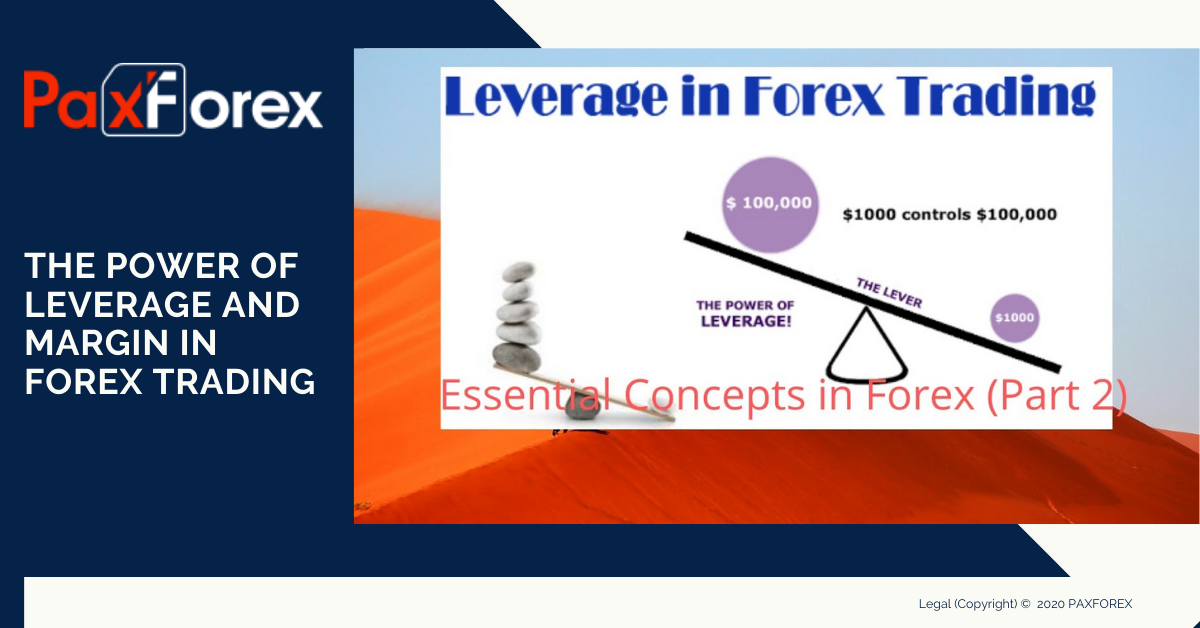
Leverage is probably the most misunderstood concept in trading the financial markets in newbie traders. However, it has the potential power to significantly grow one's account. The leverage and margin significantly increase the profit and loss chances by increasing your trading power. The leverage and margin is actually the money which you get in addition to the actual deposit you have in your account. Deep understanding of leverage and margin is a must before you use them for trading because the use of leverage and margin also increases your risk.
There are several reasons for the higher leverage that is offered in the forex market. On a daily basis, the volatility of the major currencies is less than 1%. This is much lower than an active stock, which can easily have a 5-10% move in a single day. With leverage, you can capture higher returns on a smaller market movement. More importantly, leverage allows traders to increase their buying power and utilize less capital to trade. Of course, increasing leverage increases risk. Basically, the only aim of trading using margin and leverage is nothing but to magnify the chances of earning a profit by taking larger trading positions then originally you can with your account deposit alone.
A margin is the amount of money required by the forex broker as a "good faith deposit" to a new trading position in the market. Without providing the margin amount, you would not be able to place a trade and use the leverage. Basically, the forex margin amount is what you broker uses to maintain your position and to cover up any potential losses. Forex Leverage and Margin, both are very closely related and basically, they are two different approaches to calculate the maximum value of trade you can take with your present account balance.
Leverage is usually presented with the use of a ratio, for instance, 1:100 or 1:500. This relation states that for every $1 the investor deposits into his/her account, he/she is able to enter into trades worth $100 or $500. In Forex extremely high levels of leverage are to be seen, as trading is executed in the market with the largest daily trading volume of all types of financial markets. Brokers allow their customers to use a high level of leverage, as it is relatively easy to enter into and to get out of a trade (liquidity). Given the fact that liquidity is that high, traders are able to manage their losing positions in a much easier way.
While trading on margin can be a profitable trading strategy, it is important that you take the time to understand how your margin account works, and be sure to read the margin agreement between you and your broker. Your positions could be partially or totally liquidated should the available margin in your account fall below a predetermined threshold. You may not receive a margin call before your positions are liquidated. In the event that money in your account falls below margin requirements (usable margin), your broker will close some or all open positions. This can help prevent your account from falling into a negative balance, even in a highly volatile, fast-moving market.







